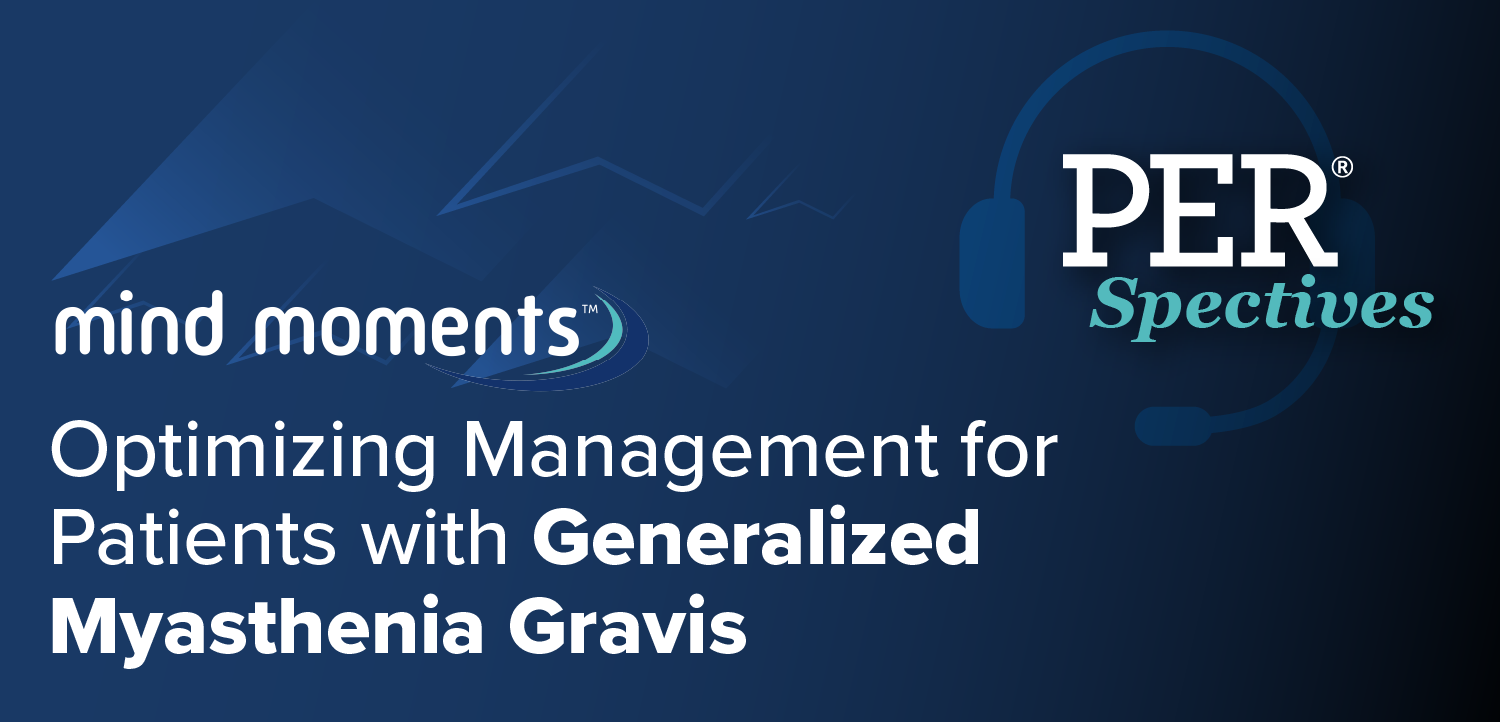
Expanding HIV Prevention: Overcoming Barriers and Embracing Long-Acting PrEP
Zandraetta Tims-Cook, MD, MPH, highlights the need for inclusive HIV prevention strategies and discusses the potential of long-acting injectable PrEP in improving care and reducing disparities.
Zandraetta Tims-Cook, MD, MPH, an infectious diseases physician focused on HIV health disparities in Atlanta, has dedicated her career to HIV prevention and outreach, particularly for women living with HIV. Since 2008, she has worked to bridge gaps in care and improve prevention strategies for high-risk populations. In our interview, Tims-Cook discussed overcoming barriers to initiating conversations about pre-exposure prophylaxis (PrEP) and the potential impact of long-acting injectable PrEP in HIV prevention.
According to Tims-Cook, one of the primary barriers to initiating conversations about PrEP is the persistent narrow view that HIV prevention is only necessary for certain populations. This mindset limits the scope of prevention efforts and excludes individuals who may not fall within the traditionally perceived “high-risk” categories. “HIV is as universal as our sexual experiences,” Tims-Cook emphasized, suggesting that conversations around HIV prevention should be inclusive and applicable to all patients, not just those considered “at risk.”
Another significant challenge is the hesitation among healthcare providers to discuss PrEP due to a perceived lack of expertise. Tims-Cook stressed that initiating these conversations does not require a perfect skill set. “Just start with the basics—get an HIV test,” she said. The process is iterative, and with experience, healthcare providers can refine their approach to HIV prevention and PrEP management.
Daily oral PrEP has been proven effective in preventing HIV transmission, but it can be burdensome for some patients. Consistent adherence is crucial for its efficacy, but challenges with daily pill regimens can reduce its protective effect. Long-acting injectable PrEP presents a solution to this issue by offering a less burdensome method of prevention. Tims-Cook explained, “Long-acting injectable PrEP removes the daily pill burden, providing a powerful tool for HIV prevention with improved adherence.” She expanded on this, noting, “I believe long-acting injectable therapies, such as Apretude, allow people who are desiring PrEP to be liberated from the burden of taking a daily oral therapy. What we know is that PrEP is only as effective as a person adheres to it according to the dosing schedule. So for those who may have challenges with a daily oral therapy, PrEP will not live up to its expectation in terms of HIV prevention. But long-acting injectable therapies have changed this landscape for people who are needing that kind of complete protection against HIV transmissions, and it really has opened the doors—created an avenue—for reliable HIV prevention more universally.”
Practical Strategies for Clinicians
For clinicians looking to incorporate long-acting injectable PrEP into their practice, Tims-Cook recommends starting by considering PrEP for all patients—regardless of their age, profession, or appearance. “Don’t make assumptions based on surface characteristics,” she advised.
Another key piece of advice is to normalize discussions of sexual health during medical visits. Tims-Cook pointed out that many patients don’t realize that talking about sexual health is not only appropriate, but also an essential part of their overall care. She suggested that clinicians begin these discussions with a simple, open invitation: “I’d like to ask a few personal questions that may feel uncomfortable, but they’re important for your health. Is that okay?” This approach can pave the way for deeper, more productive conversations about HIV prevention, sexual health, and related psychosocial factors.
Tims-Cook concluded by emphasizing the need for universal HIV prevention. “We are all HIV possible,” she said, urging healthcare providers to reconsider the traditional role of HIV testing. Rather than solely using testing to identify and treat those who are HIV positive, testing should be seen as an opportunity to discuss prevention. For those who test negative, it’s the perfect moment to introduce options like PrEP or refer them to additional resources.
Newsletter
Stay ahead of emerging infectious disease threats with expert insights and breaking research. Subscribe now to get updates delivered straight to your inbox.


























































































































































































































































































